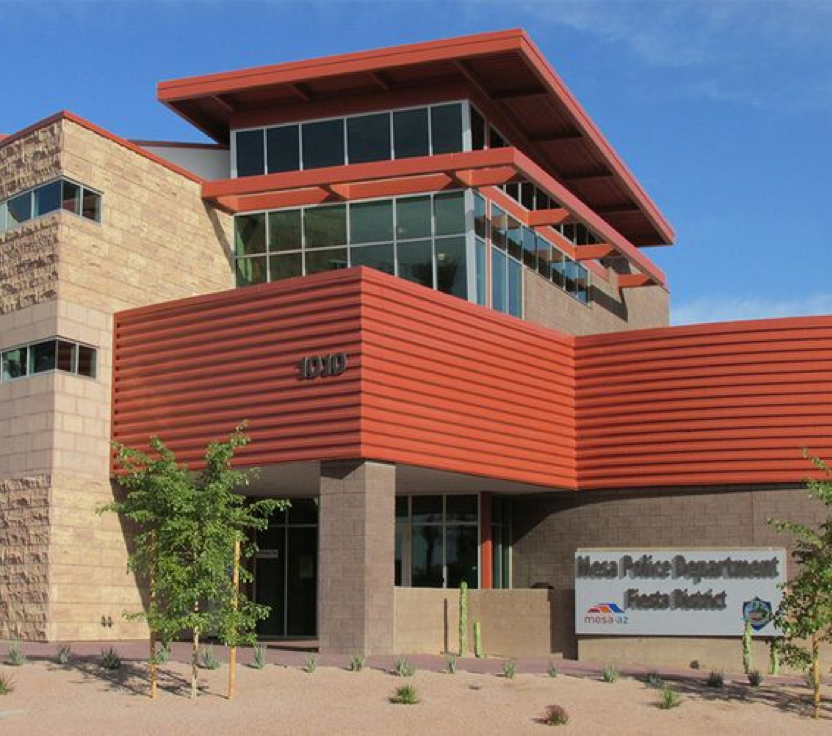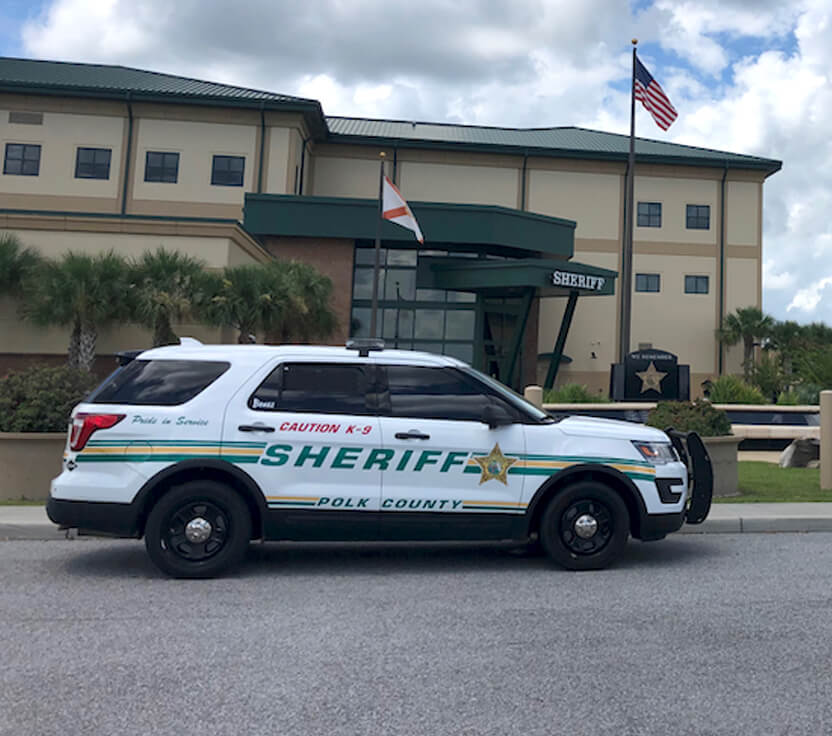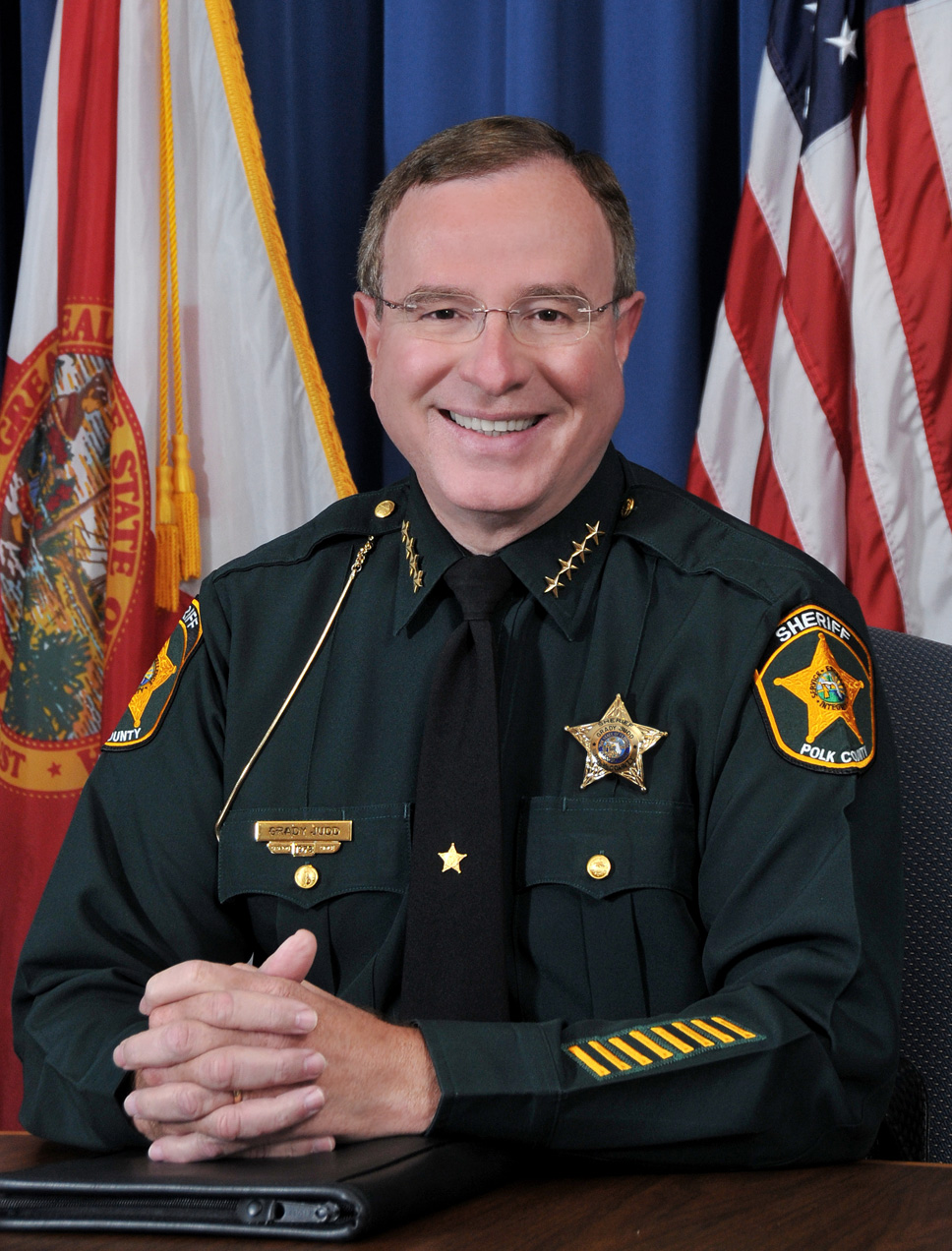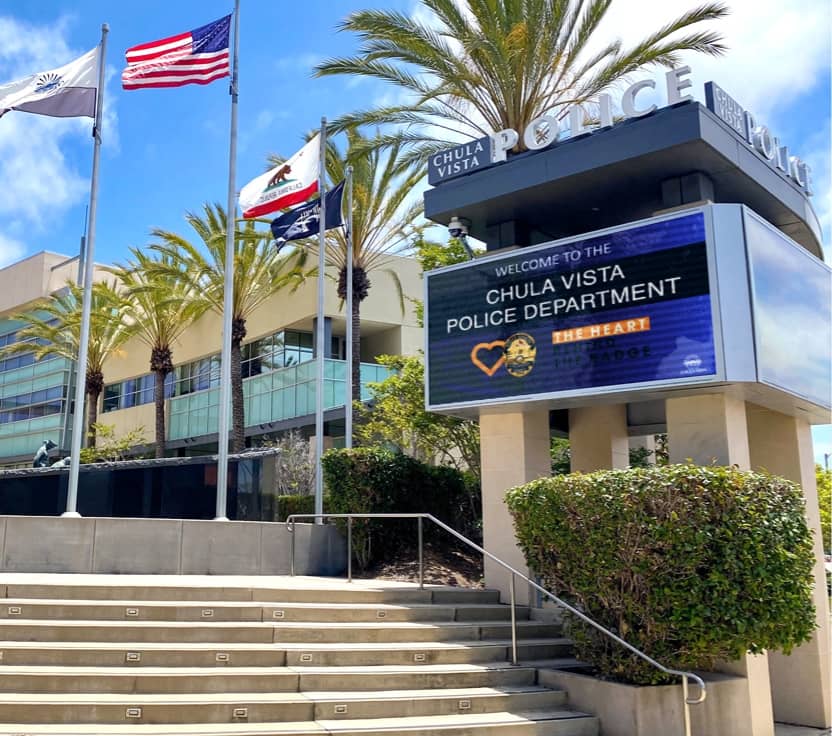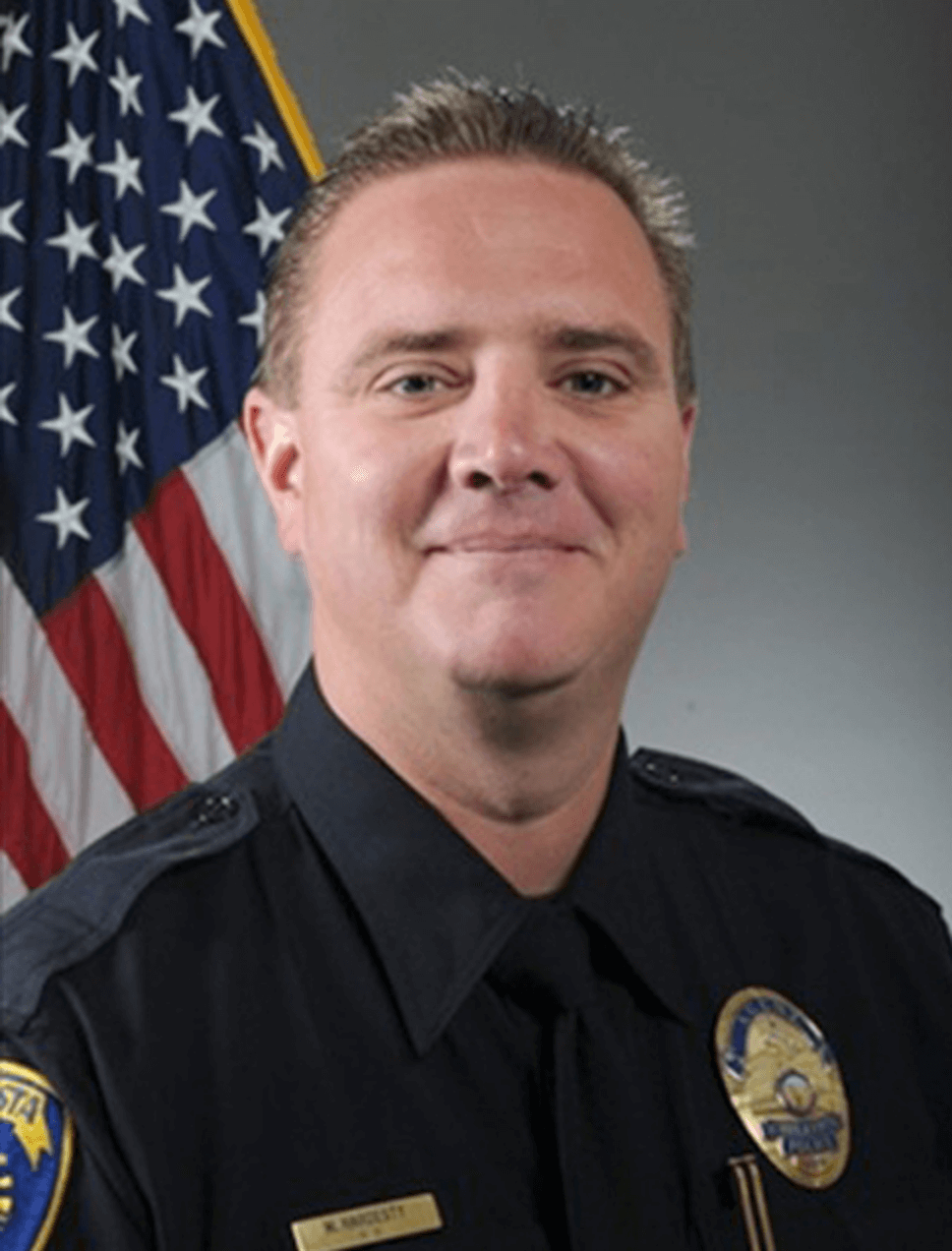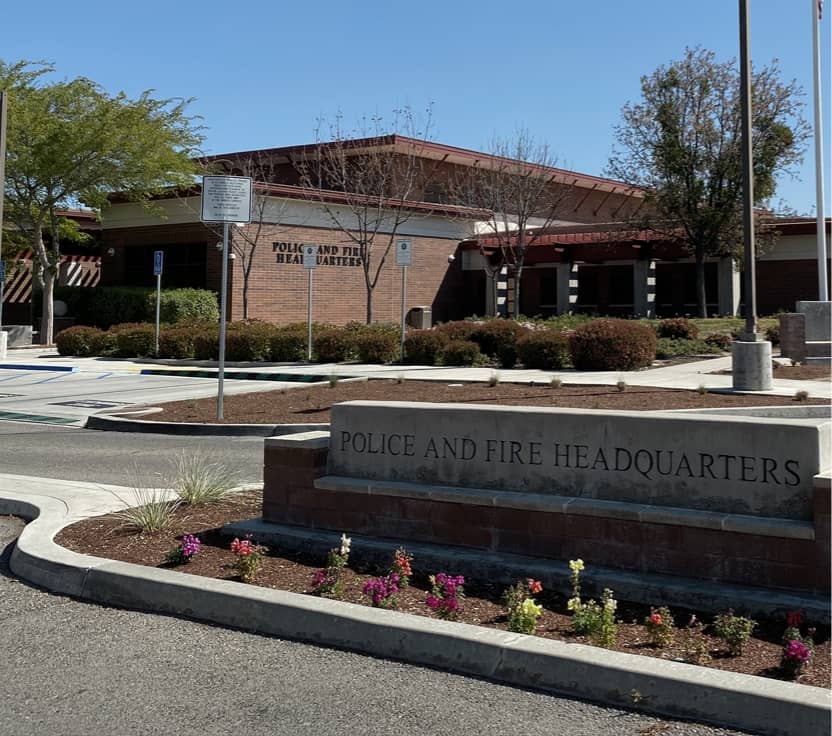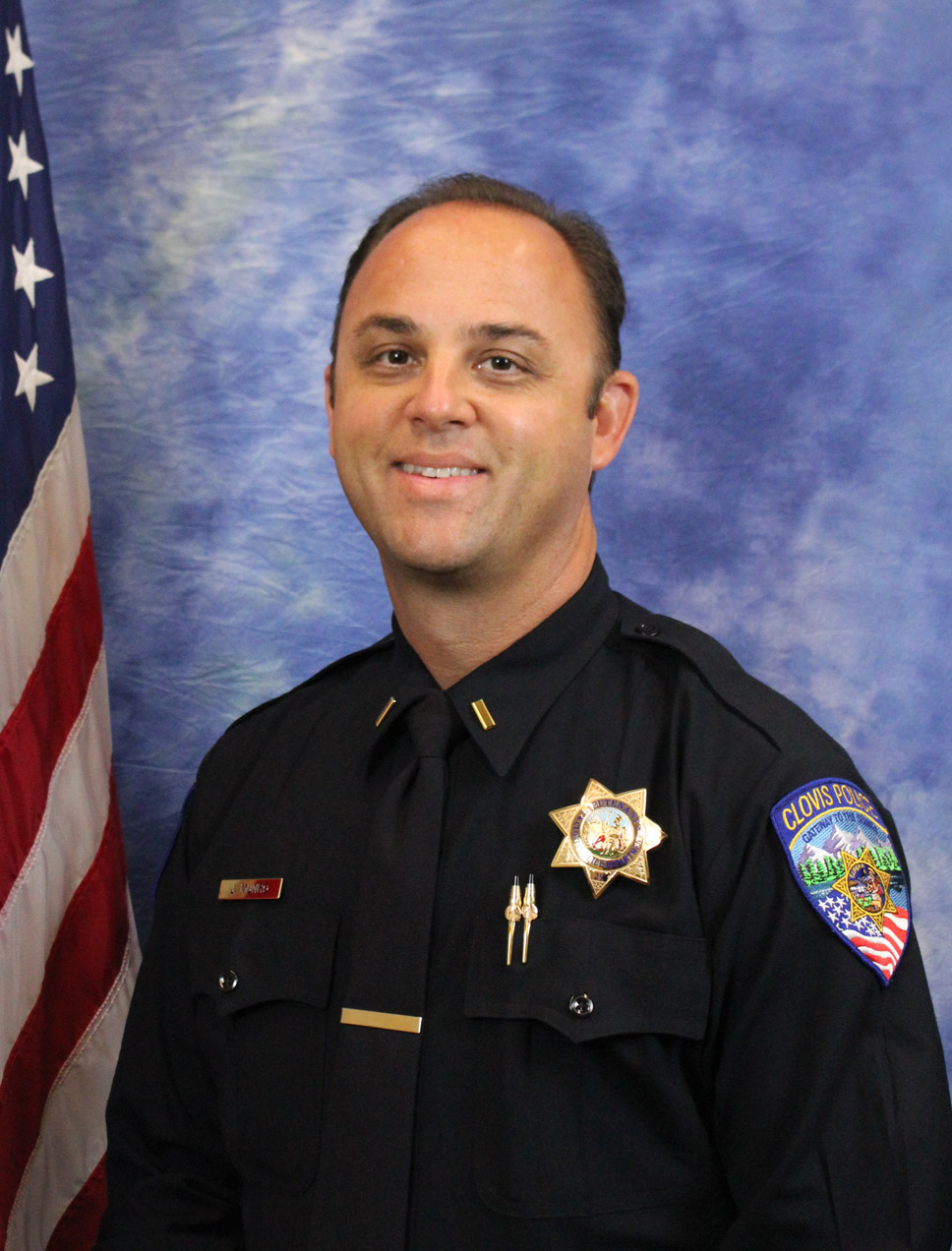RTCC leverages innovative livestreaming technology to improve operational intelligence and enable officers to respond faster.
The City of Mesa, located just east of Phoenix, is the third-largest city in Arizona and ranks 36th in the US with a population of 504,258. The Mesa Police Department, comprised of 800 sworn officers and 500 civilian support staff, protects its citizens over a vast sprawl of 140 square miles.
In July 2021, the Mesa City Council approved plans for a Real Time Crime Center (RTCC). The mission of Mesa’s RTCC is to equip the police department, first responders and public safety supervisors with a variety of new and evolving technologies for efficient and effective public safety response. The new center will allow critical information and intelligence to be gathered, quickly assessed, and disseminated in real time back to first responders and public safety supervisors responsible for the management of public safety emergencies.
In addition, the center will support public safety response to large scale special events throughout the City of Mesa, including events such as the Mesa Marathon, Celebration of Freedom, Merry Main Street and other special events.
“We set out to provide real-time data to officers responding to calls for service and enable them to get an edge on their response time. Whether it’s 30 seconds, a minute, or a few minutes, we want to leverage technology to provide better customer service, make our city safer and protect our officers.” – Lieutenant Ryan Stokes
Creating a Real Time Crime Center Infrastructure
RTCCs are intended to initially triage information from a call for service and provide information – such as suspect vehicle descriptions, victim or suspect criminal histories, and other pertinent information – on the fly to assist in furthering an officer’s investigation and response during call.
Lt. Ryan Stokes has been with the City of Mesa Police Department for 21-years. He and his development team were instrumental in researching and implementing various technologies for its RTCC. They began by visiting centers across the country and evaluating an array of innovative technologies being used, including HigherGround’s Live911 solution.
“We brought that concept back thinking this would be a great tool for our crime center operations. Live911 could give us a head start by immediately showing the location of the caller as emergency calls come in and allow us to hear bits of information at the same time as dispatchers are inputting their data,” says Stokes.
The RTCC went live in May 2022 and includes state-of-the-art software, mapping systems, consoles and RMS/CAD components – integrating multiple public safety information systems and linking them with video cameras throughout the City of Mesa. The 24/7 surveillance hub is fitted with an impressive “video wall” of live streaming closed-circuit television (CCTV) and drone feeds.
“Creating a fully-integrated Real Time Crime Center is not for the faint of heart,” says Sergeant Matt Kuntz. “I’ll say Live911 has probably been the fastest and most seamless of applications to get up and running. It was basically plug-and-play. And it didn’t take long for people to see its power in helping our investigations.”

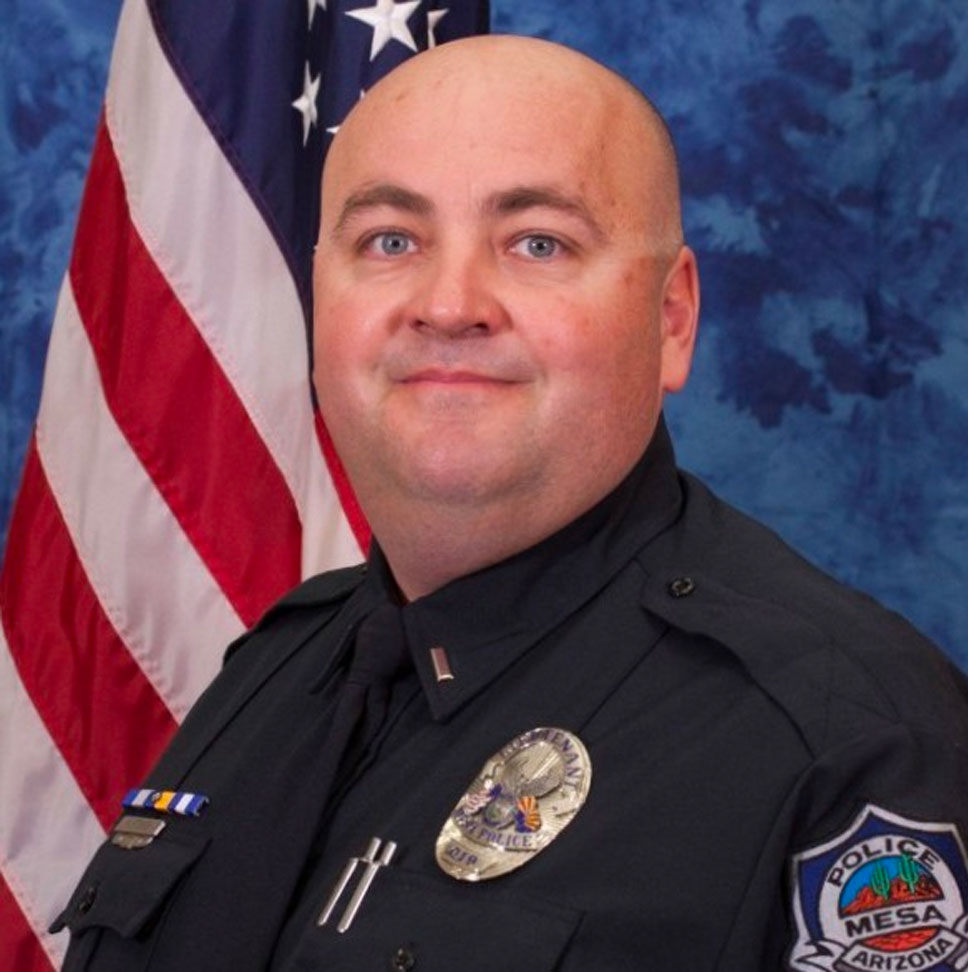

Live911 has been mind blowing. When a 911 call comes in, we can find the precise location of the caller, orient ourselves with video for that area, zoom in, while listening to the sense of urgency and specific details provided on the call. We are able to inform officers in the field with critical information at record speed.
– Lieutenant Ryan Stokes, Mesa Police Department
Live911 helps spot crimes in progress
Live911 has assisted day-to-day operations such as capturing vehicles fleeing from a crime, quickly coordinating the blocking off of intersections after car accidents, and locating suspects.
In one instance, Detective Brian Elmore was operating the RTCC and heard a citizen call in about a person checking car doors in a parking lot of a grocery store. Det. Elmore was able to quickly bring up a camera in that area and see the individual leave the parking lot and board a light rail train.
Communicating this information in real time directly to officers in the field, he was able to pull up a camera at the next stop a mile east and saw the perpetrator exit and start walking northbound where officers were able to catch up to him and take him into custody.
“There is no way any of that would have happened without the jump Live911 provided me. The suspect would have already been out of the area by the time a call for service was dispatched,” said Elmore. “Having the ability to listen into that 911 call and get that couple of minutes’ headstart was key to a successful resolution. It’s these types of situations that Live911 technology is really proving valuable.”
See how Live911 can improve efficiencies
Request a Demo


